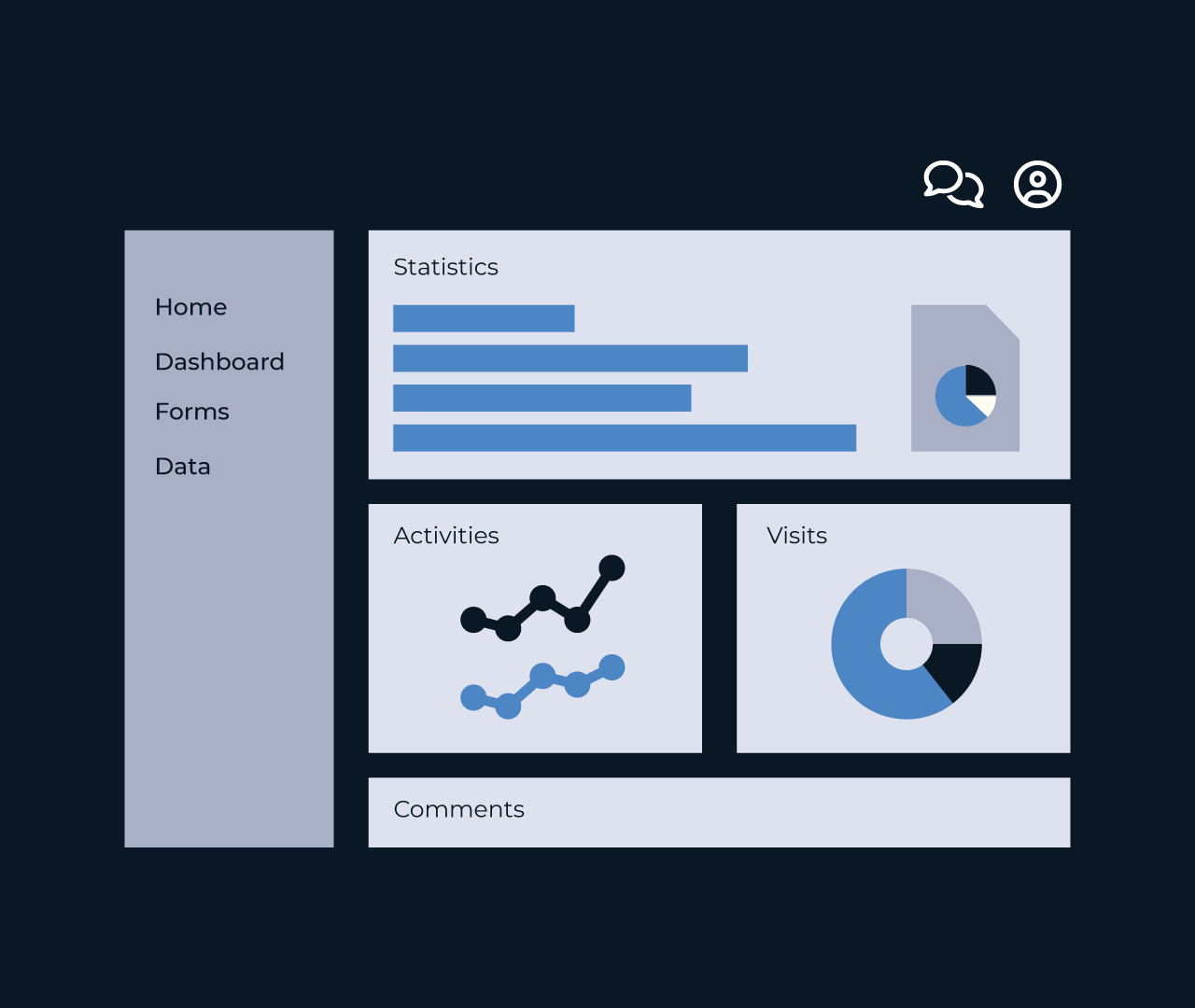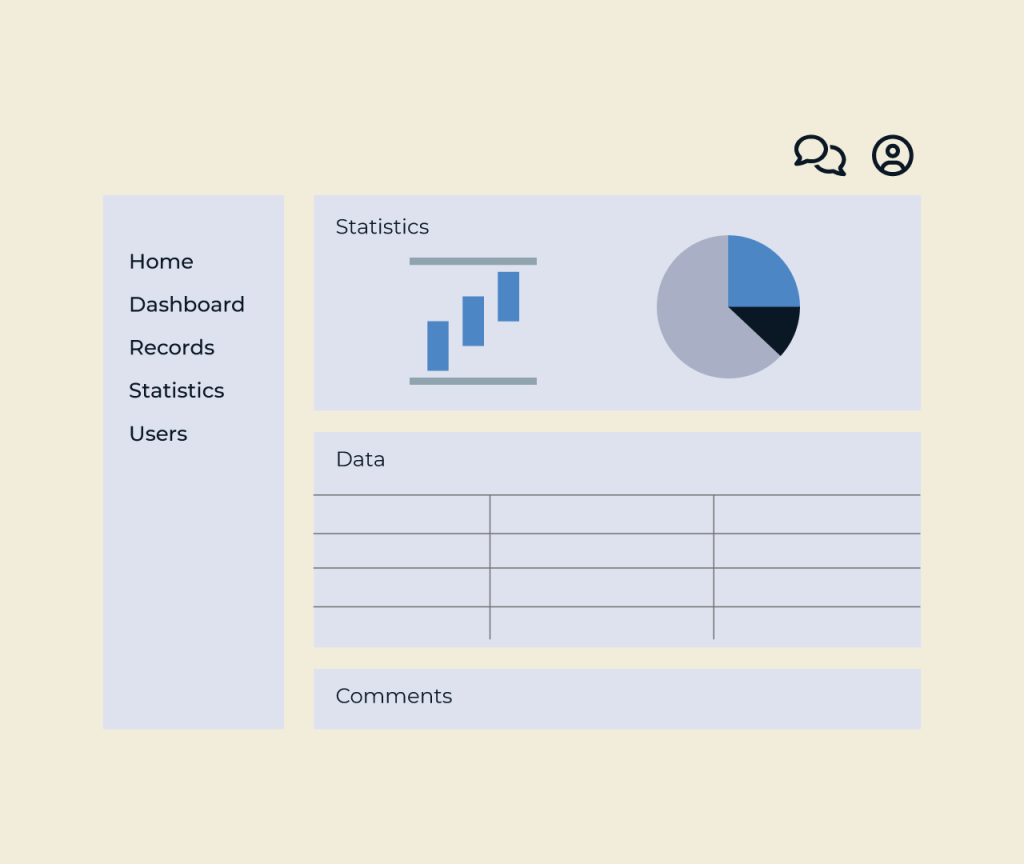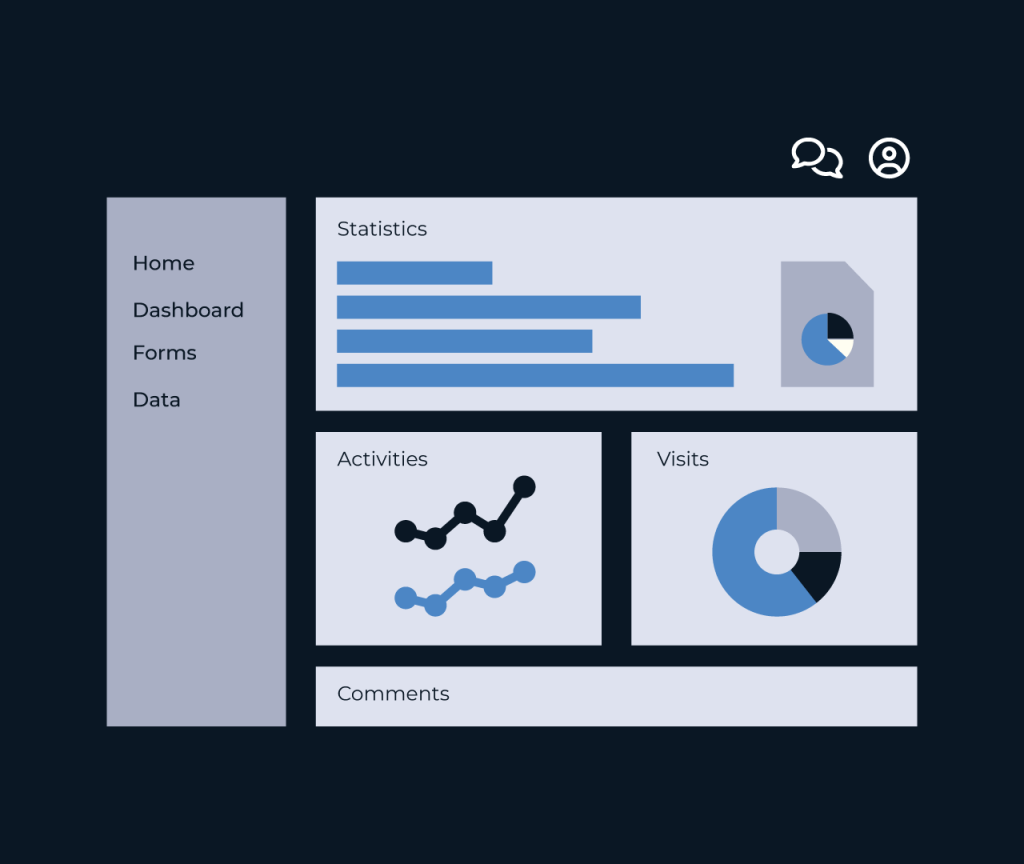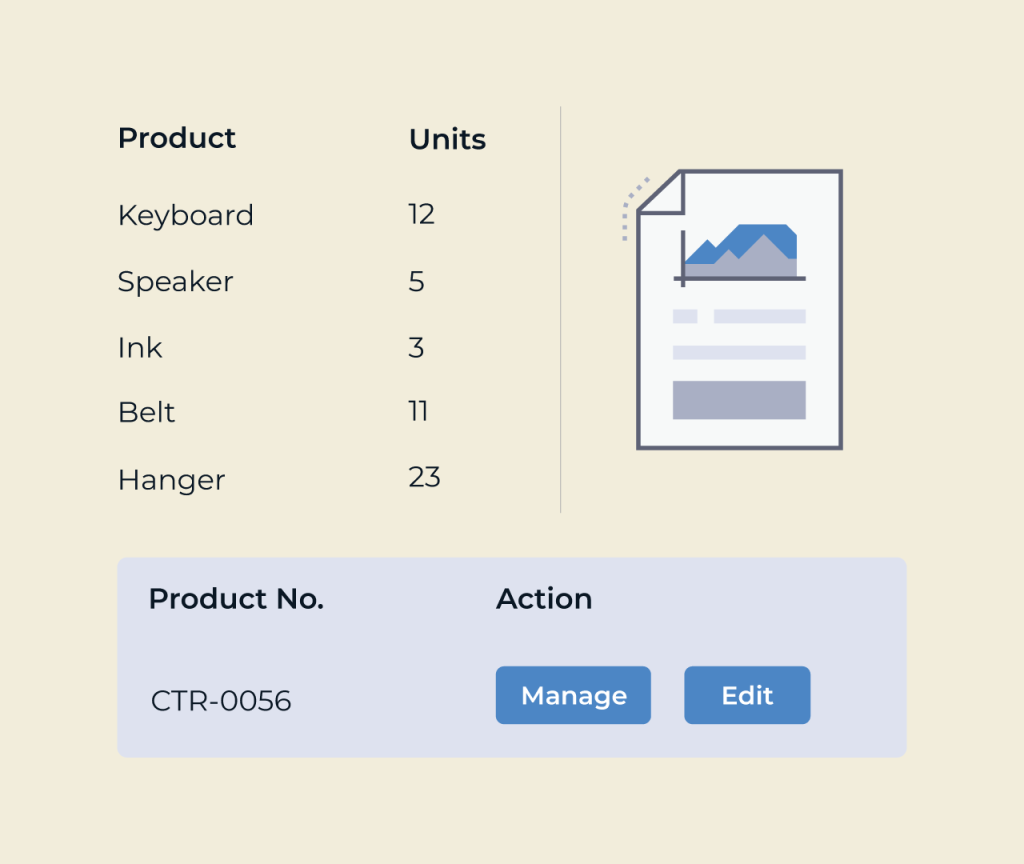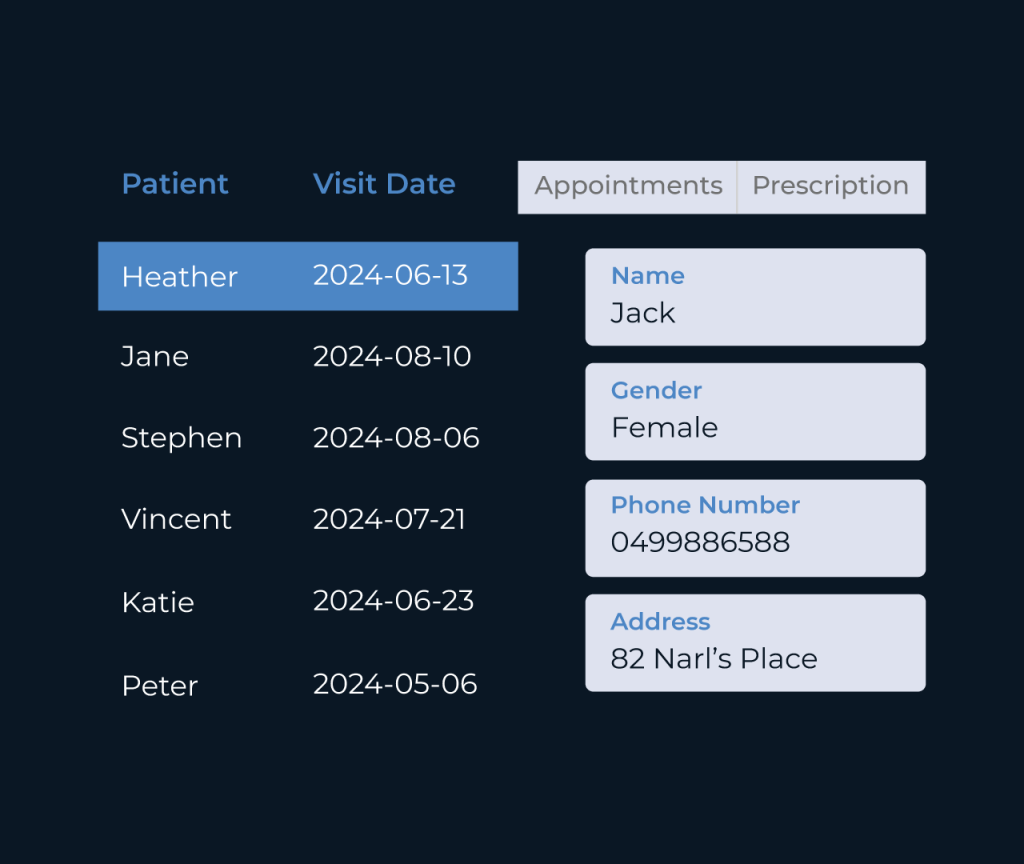Create a Workflow Portal
Creating a workflow portal is essential for streamlining processes and enhancing collaboration within teams. With Five, you can easily build a customizable portal that fits your organization’s unique needs, allowing users to manage tasks and track progress efficiently.
Five’s intuitive interface enables you to design workflows with drag-and-drop simplicity. Integrate various tools, set permissions, and establish notifications to keep everyone informed. This powerful platform empowers teams to visualize their workflows, ensuring that all members stay aligned and productive, ultimately driving success and innovation within your organization.
